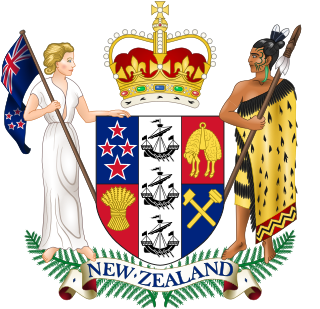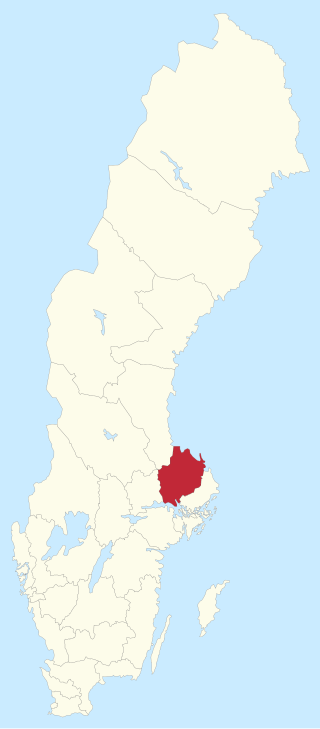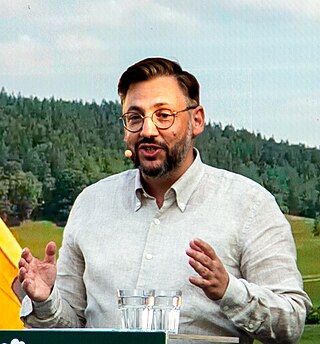
Proportional representation (PR) refers to any type of electoral system under which subgroups of an electorate are reflected proportionately in the elected body. The concept applies mainly to political divisions among voters. The aim of such systems is that all votes cast contribute to the result so that each representative in an assembly is mandated by a roughly equal number of voters, and therefore all votes have equal weight. Under other election systems, a bare plurality or a scant majority are all that are used to elect candidates. PR systems provide balanced representation to different factions, usually defined by parties, reflecting how votes were cast. Where only a choice of parties is allowed, the seats are allocated to parties in proportion to the vote tally or vote share each party receives.

Party-list proportional representation (list-PR) is a system of proportional representation based on preregistered political parties, with each party being allocated a certain number of seats roughly proportional to their share of the vote.

Falköping Municipality is a municipality in Västra Götaland County in western Sweden. Its seat is located in the town of Falköping.

Kungälv Municipality is a municipality in Västra Götaland County in western Sweden. Its seat is located in the city of Kungälv. It is the 50th largest municipality in Sweden by population size, which exceeded 50 000 during May 2024.

Värnamo Municipality is a municipality in Jönköping County in southern Sweden, where the town Värnamo is seat.

Nyköping Municipality is a municipality in Södermanland County in southeast Sweden. Its seat is located in the city of Nyköping, which is containing a majority of the residents. Its southern tip in the district of Tunaberg is the southernmost point of mainland Svealand, one of the three original crowns forming Sweden. Nyköping is the administrative capital of Södermanland and hosts both the governors' residence and the regional council.

Elections in Sweden are held once every four years. At the highest level, all 349 members of Riksdag, the national parliament of Sweden, are elected in general elections. Elections to the 20 county councils and 290 municipal assemblies – all using almost the same electoral system – are held concurrently with the legislative elections on the second Sunday in September.

New Zealand is a representative democracy in which members of the unicameral New Zealand Parliament gain their seats through elections. General elections are usually held every three years; they may be held at an earlier date at the discretion of the prime minister, but that usually only happens in the event of a vote of no confidence or other exceptional circumstances. A by-election is held to fill an electorate vacancy arising during a parliamentary term. Election day is always a Saturday, but advance voting is allowed in the lead-up to it. The most recent general election took place on 14 October 2023.

In political science, parallel voting or superposition refers to the use of two or more electoral systems to elect different members of a legislature. More precisely, an electoral system is a superposition if it is a mixture of at least two tiers, which do not interact with each other in any way; one part of a legislature is elected using one method, while another part is elected using a different method, with all voters participating in both. Thus, the final results can be found by calculating the results for each system separately based on the votes alone, then adding them together. A system is called fusion or majority bonus, another independent mixture of two system but without two tiers. Superposition is also not the same as "coexistence", which when different districts in the same election use different systems. Superposition, fusion and coexistence are distinct from dependent mixed electoral systems like compensatory (corrective) and conditional systems.

Open list describes any variant of party-list proportional representation where voters have at least some influence on the order in which a party's candidates are elected. This is as opposed to closed list, in which party lists are in a predetermined, fixed order by the time of the election and gives the general voter no influence at all on the position of the candidates placed on the party list.
In electoral systems, voter registration is the requirement that a person otherwise eligible to vote must register on an electoral roll, which is usually a prerequisite for being entitled or permitted to vote.

The Gallagher index measures an electoral system's relative disproportionality between votes received and seats in a legislature. As such, it measures the difference between the percentage of votes each party gets and the percentage of seats each party gets in the resulting legislature, and it also measures this disproportionality from all parties collectively in any one given election. That collective disproportionality from the election is given a precise score, which can then be used in comparing various levels of proportionality among various elections from various electoral systems. The Gallagher index is a statistical analysis methodology utilised within political science, notably the branch of psephology.

General elections were held in Sweden on 17 and 18 September 1932. The Swedish Social Democratic Party remained the largest party, winning 104 of the 230 seats in the Andra kammaren of the Riksdag. The party returned to government after six years in opposition, marking the beginning of 44 years of near-uninterrupted rule. This was also the first time the socialist parties received an overall majority of the elected parties' popular vote, although the Hansson cabinet still required cross-aisle co-operation to govern since the centre-right parties won 118 out of 230 seats.

General elections were held in Sweden on 18 September 1994. The Swedish Social Democratic Party remained the largest party in the Riksdag, winning 161 of the 349 seats. Led by Ingvar Carlsson, the party returned to power and formed a minority government after the election. This was the final time the Social Democrats recorded above 40% of the vote before the party's vote share steeply declined four years later and never recovered. The Greens also returned to the Riksdag in the 1994 elections, after a three-year absence.

An electorate or electoral district is a geographic constituency used for electing a member (MP) to the New Zealand Parliament. The size of electorates is determined such that all electorates have approximately the same electoral population.

Weighted voting refers to voting rules that grant some voters a greater influence than others. Examples include publicly-traded companies, as well as the European Council, where the number of votes of each member state is roughly proportional to the square root of the population.

Early general elections were held in Sweden 5 and 13 September 1914, the second that year. Although the General Electoral League received the most votes, the Swedish Social Democratic Party emerged as the largest party, winning 87 of the 230 seats in the Andra kammaren, and have managed to remain so in every subsequent Swedish election.

Uppsala County is one of the 29 multi-member constituencies of the Riksdag, the national legislature of Sweden. The constituency was established in 1970 when the Riksdag changed from a bicameral legislature to a unicameral legislature. It is conterminous with the county of Uppsala. The constituency currently elects 12 of the 349 members of the Riksdag using the open party-list proportional representation electoral system. At the 2022 general election it had 292,255 registered electors.

General elections will be held in Sweden on 13 September 2026 to elect the 349 members of the Riksdag. They in turn will elect the prime minister. In case of a snap election, the parliamentary term would not be reset and general elections would still be held in September 2026 together with regional and municipal elections.














